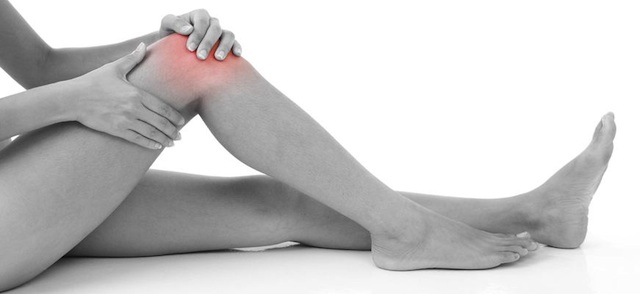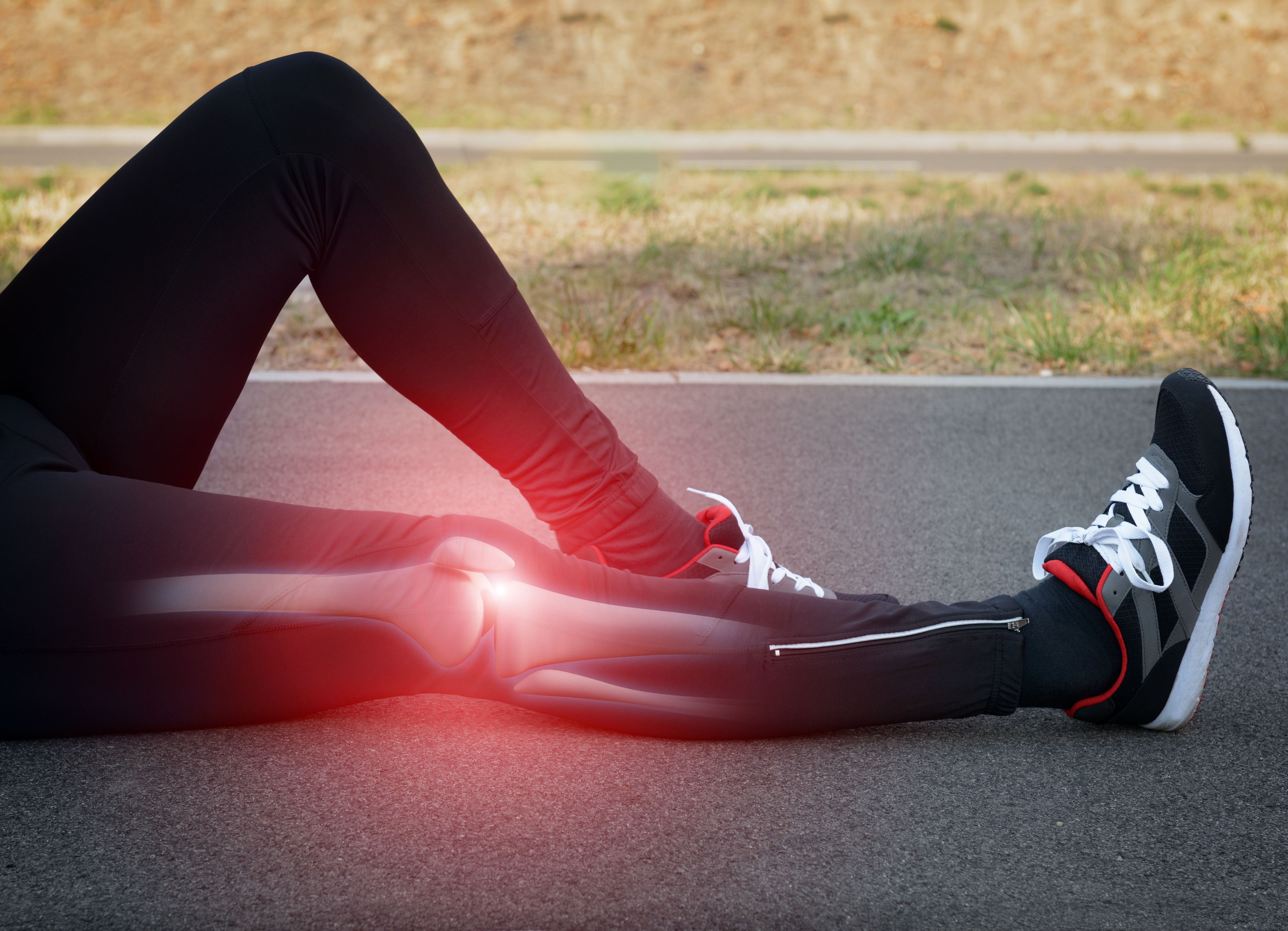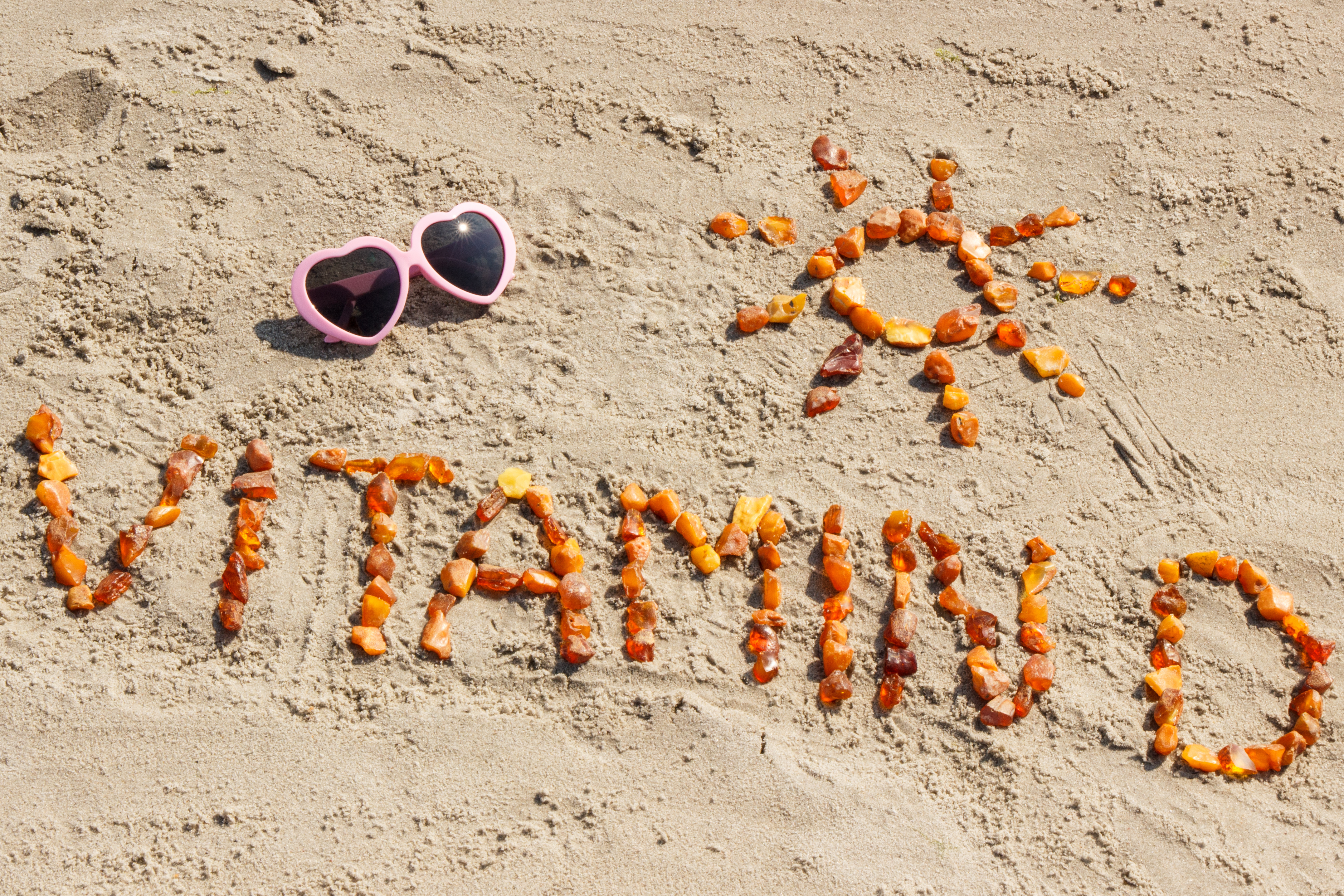Inflammation is the body's way of fighting against things that harm it, such as infections,…

Pain In The Abstract
How holistic measures can help you tackle pain
Last week we discussed five natural remedies to pain relief, and this week we’d like to give you five more. While uncomfortable or distressing, pain is a protective sensation. When you hurt yourself, pain receptors release chemicals that travel up your spinal cord, and report your injury to the brain, acting as messengers. From there, your brain registers that the body is involved in harmful behaviour, causing you to distance yourself from the threat. Pain is you body’s means of self-preservation, a defensive mechanism which ensures that you stay away from anything that could hinder your survival.
When it comes to acute pain, such as a mild burn, the nervous systems undergoes little to no negative side effects from the experience. However, chronic pain, which is defined as continuing for over six months, causes the nervous system to act abnormally, making it hyper sensitive to even the lightest of touches. This irregularity causes a huge amount of stress on the body, negatively effecting sleep patterns, emotional and mental health, relationships, and general state of well being. On the one hand, pain is a sophisticated mechanism that ensures survival. On the other, when experienced over a long period of time, it can be debilitating, and lead to disorders such as anxiety and depression.
As stated in last week’s blog, there are many treatments to pain in the form of nonsteroidal anti-inflammatory drugs (NSAIDs). However, they aren’t the only option available. For those searching for natural or complimentary methods to easing pain, and therefore tackling its negative side effects on your personal life, keep reading below to see if these five other alternatives are just what you need.
Not limited to a trip to the spa, or a calming back rub, massage therapy is a powerful tool in battling even the most persistent of pains. And not only does it tackle physical discomfort, but the targeted kneading and manipulation of the muscles also releases endorphins and serotonin, your body’s natural cocktail of chemicals that are sent out to make you feel good. These substances have been proven to combat pain, regulate your mood, and also decrease the level of stress hormones. A study in the Annals of Internal Medicine reported that 40 per cent of 400 participants in a once weekly, ten week, massage therapy programme, experienced little to no pain after the study was completed. Their pain also stayed away for up to six months.
2. Osteopathy
Based on manipulating the body to ease tensions in muscles, bones, and joints, osteopathy can be effective in treating pain, either acute or chronic. Studies show that receiving osteopathic manual treatment over a 12 week period results in pain relief, and a lessened dependency on drugs for particularly distressing issues. OMT- Osteopathic Manipulative Treatment can also work as a complimentary therapy in conjunction with other forms of medicine, and utilises massage and stretching to alleviate inflammation in tissue caused by pain
3. Homeopathy
Based on the premise that “like treats like”, this complimentary therapy introduces minimal amounts of a certain substance, that in large doses would causes certain reactions, into the body to treat specific symptoms. It is highly individualised, focusing on the specificities of a patient’s situation to decipher appropriate treatment. Homeopathy functions on the basis that pain, and other symptoms, stem from underlying causes depending on the individual.
4. Aromatherapy
It turns out that smelling something exquisite can be effective in managing pain. Fragrant and pleasing scents trigger activity in the amygdala, the emotional centre of the brain, easing the body into a relaxed state. Studies show that relaxation enables the mind to interpret pain differently, altering an individual’s perception, and anticipation of it. Various scents of essential oils can have different effects, depending on the source of pain, but are useful in decreasing inflammation, having an anaesthetic sensation, reducing spasms, and creating cool or warm sensations. Experts recommend only brief exposure to a specific oil, so that the brain doesn’t become used to its aroma.
5. Acupuncture
While the thought of being pricked by needles may not sound conducive to pain relief, acupuncture has helped many with chronic pain. While it’s gaining popularity in the west, this ancient form of Chinese medicine is still being researched to find measurable data. However, a study published in the Archives of Internal Medicine found that it’s participants who had received acupuncture felt their pain drop by 50 per cent. The working theory behind this ancient treatment is that when placed on specific areas of the body, the needles cause the brain to release endorphins, and serotonin.
For information as to how the Kingston Natural Health Centre can help you tackle pain, visit our website, or call 02085498000.
References:
http://www.ncbi.nlm.nih.gov/pubmed/21752179
http://healthland.time.com/2012/09/11/acupuncture-may-help-reduce-chronic-pain-after-all/
http://www.nhs.uk/conditions/Acupuncture/Pages/Introduction.aspx
http://www.nhs.uk/conditions/Osteopathy/Pages/Introduction.aspx
http://annfammed.org/content/11/2/122.full
http://www.chiltern-osteopath.co.uk/Articles/Pain_Relief.pdf
http://www.facultyofhomeopathy.org/research/
http://www.homeopathy-soh.org/about-homeopathy/what-is-homeopathy/
http://www.homeopathicmd.com/2011/04/homeopathy-and-pain-management/
http://www.positivehealth.com/article/aromatherapy/aromatherapy-for-pain-relief
http://www.ncbi.nlm.nih.gov/pubmed/10484830
[social_share]



